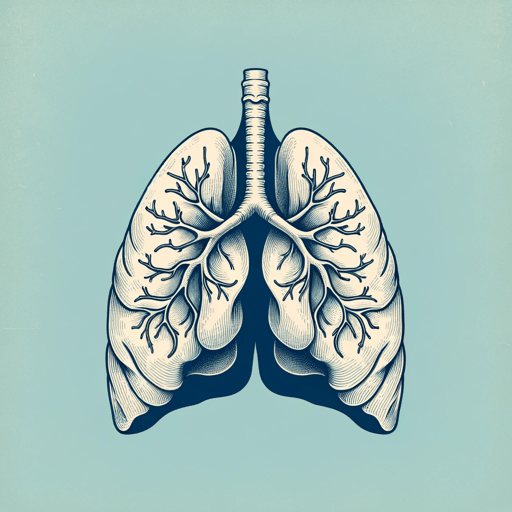36 pages • 1 hour read
James NestorBreath: The New Science of a Lost Art
Nonfiction | Book | Adult | Published in 2020A modern alternative to SparkNotes and CliffsNotes, SuperSummary offers high-quality Study Guides with detailed chapter summaries and analysis of major themes, characters, and more.
Introduction-Part 1, Chapter 2Chapter Summaries & Analyses
Part 1: “The Experiment”
Introduction Summary
Nestor introduces Breath by describing his reasons for writing the book. Suffering from pneumonia and anxiety, at the recommendation of his doctor, he attends an introductory course to learn a breathing technique called Sudarshan Kriya. Initially, Nestor is skeptical of its healing potential, but his perspective changes as he finds himself, through rhythmic breathing, profusely sweating and entering an alternate state of consciousness. In the days afterwards, Nestor feels calmer and sleeps better. He devotes the next 10 years of his life to studying the transformative powers of breathing.
In his quest to better understand breathing, Nestor draws on his experiences as a sports and science writer, citing his work with free divers in Greece. He describes their ability to hold their breath underwater for 12 minutes at a time—a skill that is not innate but learned. Nestor next turns his attention to ancient texts—Chinese Tao, Hindu, and Buddhist teachings—that detail the power of breathing to “preserve both physical and mental health” (xvii). Nestor describes these techniques as a “lost art”—they are not new, but individuals seeking to heal illnesses that conventional biomedical practitioners tend to dismiss or overlook have rediscovered them. Nestor thus contrasts pulmonologists, medical doctors who focus on the lungs and respiratory tract, with another type of healer whom he refers to as “pulmonauts,” i.

